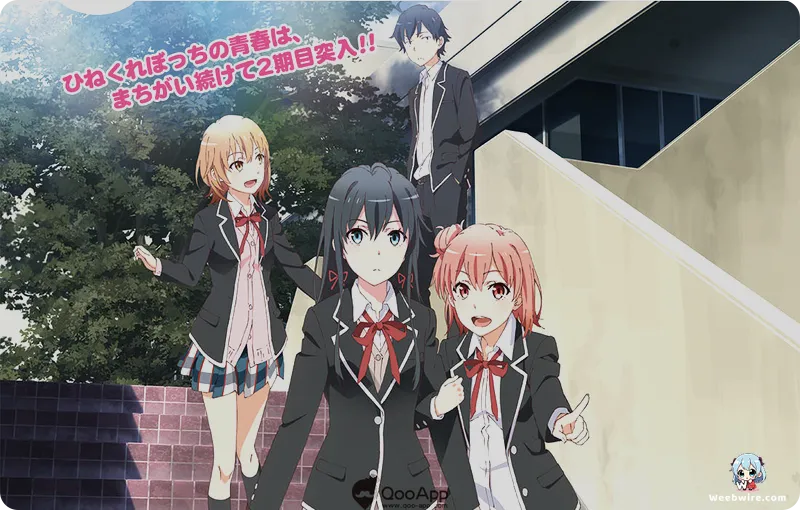Beyond Borders: Why Watching Your Favorite Rom-Com Anime in Geographical Order Unlocks Deeper Cultural Insights

The romantic comedy genre is a cornerstone of the anime landscape, captivating audiences with its signature blend of sharp wit, deep emotional resonance, and highly relatable character arcs. As the catalog of exceptional rom-coms expands, enthusiasts are seeking novel ways to engage with these beloved series. A burgeoning trend among dedicated fans involves structuring their viewing experience geographically, an innovative strategy that illuminates how distinct regional and cultural environments profoundly shape narrative choices within the genre.
Analyzing Cultural Context Through Setting: OreGairu
A foundational example of this concept is the critically acclaimed franchise, My Youth Romantic Comedy Is Wrong As I Expected, universally known as OreGairu. This series perfectly illustrates the value of understanding cultural context. Spanning three seasons, the first produced by Brain's Base in 2013, followed by Zoku in 2015, and the concluding Kan in 2020 by studio feel., OreGairu offers an intimate look into the complexities of the Japanese high school system and the subtle pressures of societal expectations. Its setting, rooted deeply in Tokyo’s educational milieu, brilliantly captures the psychological nuances of adolescence specific to a Japanese cultural framework.
Adopting a geographical perspective allows viewers to map out how different settings influence character archetypes and plot mechanics. Quintessential Japanese rom-coms, such as the classic Toradora, frequently utilize the high school campus as the primary engine for conflict and development, highlighting the intense social dynamics inherent in that environment. Comparatively, other landmark titles like Lovely Complex and Itazura na Kiss tackle common romantic tropes, yet infuse them with regional specificity, enriching the romantic comedy formula with unique cultural flavors.
The Value of Localized Storytelling
The genuine excitement of consuming these narratives geographically lies in the ability to identify recurring motifs and cultural specificities tied to the production origins. Japanese romantic comedies often place significant emphasis on formalized school hierarchies, structured club activities, and the delicate dance of unrequited affection, mirroring authentic aspects of Japanese society. By intentionally organizing viewing patterns based on location, fans can forge a significantly deeper appreciation for how localized customs, educational structures, and social norms meticulously sculpt the art of storytelling.

Establishing the Geographical Baseline
For those embarking on this genre journey, establishing this geographical benchmark is vital. Initiating the watch order with a series like OreGairu provides the essential blueprint for the traditional Japanese rom-com structure before exploring subsequent variations. The definitive viewing sequence for this masterpiece includes Season 1, followed by OVA 1, then Season 2 (Zoku), OVA 2, the final Season 3 (Kan), and concluding with OVA 3. This structured approach mirrors the geographical methodology: establish the cultural baseline, then branch out to regional variations and experimental works that push boundaries while honoring cultural authenticity.
Credits
Yahari Ore no Seishun Rabukome wa Machigatteiru
Author
Wataru Watari
Cover Art
Ponkan8
Studio
Brain's Base
Publisher
GA Bunko
Producers
Yahari Ore no Seishun Rabukome wa Machigatteiru. Zoku
Author
Wataru Watari
Cover Art
Ponkan8
Studio
feel.
Publisher
GA Bunko
Producers
Yahari Ore no Seishun Rabukome wa Machigatteiru. Kan
Author
Wataru Watari
Cover Art
Ponkan8
Studio
feel.
Publisher
GA Bunko
Producers
Toradora
Author
Yuyuko Takemiya
Cover Art
Yasu
Studio
J.C.Staff
Publisher
ASCII Media Works
Producers
Lovely Complex
Author
Aya Nakahara
Cover Art
Aya Nakahara
Studio
Toei Animation
Publisher
Shueisha
Producers